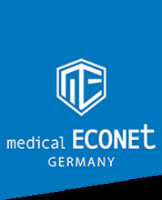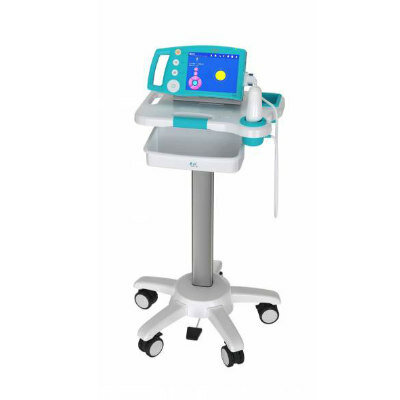MRI Helps Detect Harmful Atherosclerotic Plaque
By MedImaging International staff writers
Posted on 17 Apr 2013
Investigators have revealed that using magnetic resonance imaging (MRI) to measure blood flow over atherosclerotic plaques could help detect plaques at risk for thrombosis. The findings show that this technology should become a useful noninvasive tool for the diagnosis and treatment of atherosclerosic patients. Posted on 17 Apr 2013
Atherosclerosis is a chronic disease of the human vascular system tied lipid (cholesterol) accumulation and inflammation. The disease can stay silent and undetected for many years, but can cause acute cardiovascular events such as heart attack or stroke. This often occurs when a high-risk, atherosclerotic plaque disrupts at the vessel surface facing the blood, followed by partial or complete blockage of blood flow through the lumen by a thrombus. A remaining challenge of modern healthcare is to locate these plaques before disruption occurs in order to prevent these occurrences.
Whereas most research has centered on the plaque within the vessel wall, the flow of blood in the vessel (hemodynamics) also is known to be significant for the progression and disruption of plaques. In this study, the researchers led by James A. Hamilton, PhD, professor of biophysics and physiology at Boston University School of Medicine (BUSM; MA, USA), found that the measurement of endothelial sheer stress (ESS), which is the indirect stress from the friction of blood flow over the vascular endothelium surface, can identify plaques in the highest risk category.
After performing a noninvasive magnetic resonance imaging (MRI) scan of the aorta in a preclinical model with both stable and unstable plaques, a pharmacologic trigger was used to stimulate plaque disruption. Low ESS was associated with plaques that disrupted and had other high-risk characteristics, such as positive remodeling, which is an outward expansion of the vessel wall that conceals the plaque from detection by many traditional detection modalities.
These findings are similar to earlier research that assessed coronary arteries of other experimental models using invasive intravascular ultrasound to gauge signs of vulnerability but without an endpoint of plaque disruption, which is the outcome of the highest risk plaques. “Our results indicate that using noninvasive MRI assessments of ESS together with the structural characteristics of the plaque offers a comprehensive way to identify the location of high-risk plaque, monitor its progression and assess the effect of interventions,” said Prof. Hamilton. “Early identification of high-risk plaques prior to acute cardiovascular events will provide enhanced decision making and might improve patient management by allowing prompt aggressive interventions that aim to stabilize plaques.”
The study’s findings were published in the March 2013 issue of Circulation Cardiovascular Imaging.
Related Links:
Boston University School of Medicine














